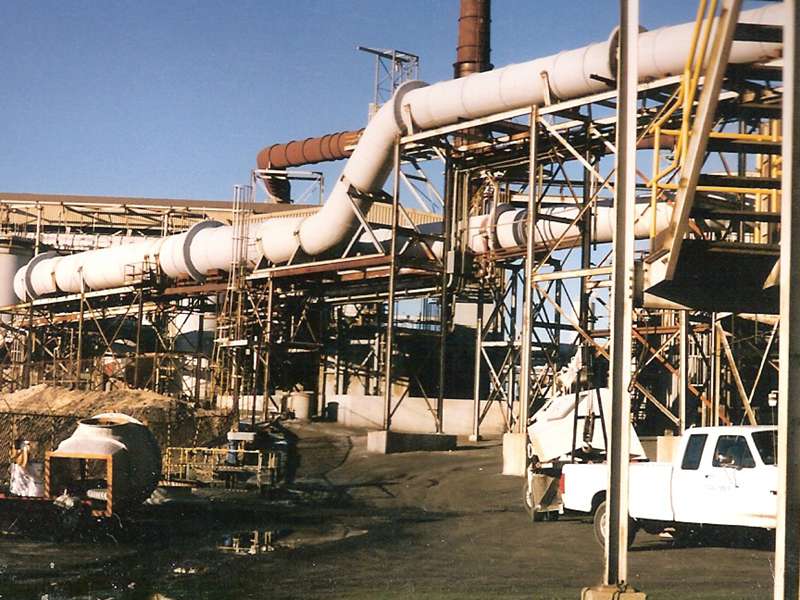
-
 Afrikaans
Afrikaans -
 Albanian
Albanian -
 Amharic
Amharic -
 Arabic
Arabic -
 Armenian
Armenian -
 Azerbaijani
Azerbaijani -
 Basque
Basque -
 Belarusian
Belarusian -
 Bengali
Bengali -
 Bosnian
Bosnian -
 Bulgarian
Bulgarian -
 Catalan
Catalan -
 Cebuano
Cebuano -
 China
China -
 China (Taiwan)
China (Taiwan) -
 Corsican
Corsican -
 Croatian
Croatian -
 Czech
Czech -
 Danish
Danish -
 Dutch
Dutch -
 English
English -
 Esperanto
Esperanto -
 Estonian
Estonian -
 Finnish
Finnish -
 French
French -
 Frisian
Frisian -
 Galician
Galician -
 Georgian
Georgian -
 German
German -
 Greek
Greek -
 Gujarati
Gujarati -
 Haitian Creole
Haitian Creole -
 hausa
hausa -
 hawaiian
hawaiian -
 Hebrew
Hebrew -
 Hindi
Hindi -
 Miao
Miao -
 Hungarian
Hungarian -
 Icelandic
Icelandic -
 igbo
igbo -
 Indonesian
Indonesian -
 irish
irish -
 Italian
Italian -
 Japanese
Japanese -
 Javanese
Javanese -
 Kannada
Kannada -
 kazakh
kazakh -
 Khmer
Khmer -
 Rwandese
Rwandese -
 Korean
Korean -
 Kurdish
Kurdish -
 Kyrgyz
Kyrgyz -
 Lao
Lao -
 Latin
Latin -
 Latvian
Latvian -
 Lithuanian
Lithuanian -
 Luxembourgish
Luxembourgish -
 Macedonian
Macedonian -
 Malgashi
Malgashi -
 Malay
Malay -
 Malayalam
Malayalam -
 Maltese
Maltese -
 Maori
Maori -
 Marathi
Marathi -
 Mongolian
Mongolian -
 Myanmar
Myanmar -
 Nepali
Nepali -
 Norwegian
Norwegian -
 Norwegian
Norwegian -
 Occitan
Occitan -
 Pashto
Pashto -
 Persian
Persian -
 Polish
Polish -
 Portuguese
Portuguese -
 Punjabi
Punjabi -
 Romanian
Romanian -
 Russian
Russian -
 Samoan
Samoan -
 Scottish Gaelic
Scottish Gaelic -
 Serbian
Serbian -
 Sesotho
Sesotho -
 Shona
Shona -
 Sindhi
Sindhi -
 Sinhala
Sinhala -
 Slovak
Slovak -
 Slovenian
Slovenian -
 Somali
Somali -
 Spanish
Spanish -
 Sundanese
Sundanese -
 Swahili
Swahili -
 Swedish
Swedish -
 Tagalog
Tagalog -
 Tajik
Tajik -
 Tamil
Tamil -
 Tatar
Tatar -
 Telugu
Telugu -
 Thai
Thai -
 Turkish
Turkish -
 Turkmen
Turkmen -
 Ukrainian
Ukrainian -
 Urdu
Urdu -
 Uighur
Uighur -
 Uzbek
Uzbek -
 Vietnamese
Vietnamese -
 Welsh
Welsh -
 Bantu
Bantu -
 Yiddish
Yiddish -
 Yoruba
Yoruba -
 Zulu
Zulu
frp launder
Understanding FRP Launders A Comprehensive Overview
Fiberglass Reinforced Plastic (FRP) launder systems have emerged as a crucial component in various industrial processes, particularly in wastewater treatment and mineral processing. These systems are designed to transport, collect, and distribute liquids efficiently while offering significant advantages over traditional materials like steel or concrete.
What is an FRP Launder?
An FRP launder is essentially a channel or trough made from fiberglass reinforced plastic. This material is known for its high strength-to-weight ratio, corrosion resistance, and durability, making it ideal for applications where traditional materials might fail. FRP launders are often used in industries such as mining, paper and pulp, and water treatment facilities.
Key Advantages of FRP Launders
1. Corrosion Resistance One of the primary benefits of FRP over metals is its resistance to corrosion. In industries dealing with harsh chemicals or saline environments, FRP launders provide a longer lifespan and reduced maintenance costs. They do not rust like steel, ensuring that operational efficiency remains intact.
2. Lightweight Compared to concrete and steel, FRP is significantly lighter. This characteristic not only simplifies transportation and installation but also reduces the need for heavy support structures. The lightweight nature of FRP allows for easier modification and adaptation of systems over time.
frp launder

3. Versatility FRP launders can be molded into various shapes and sizes to meet specific project requirements. Their design flexibility allows for customized solutions that can enhance the efficiency of the workflow, whether it’s in a small-scale plant or a large industrial facility.
4. Cost-Effective Although the initial investment in FRP materials can be higher than conventional options, the long-term savings associated with durability, reduced maintenance, and lower operational costs often outweigh these initial expenses. Industries can benefit from fewer replacements and repairs, maximizing productivity.
5. Smooth Surface Finish The smooth interior finish of FRP launders minimizes friction and promotes optimal flow rates. This characteristic is particularly beneficial in wastewater treatment processes, where efficient flow management is essential.
Applications of FRP Launders
FRP launders are widely utilized in a range of settings. In wastewater treatment plants, they are employed to transport effluent to various treatment stages, ensuring that contaminants are efficiently processed. In mineral processing, FRP launders facilitate the collection of valuable minerals while preventing contamination. Their adaptability also finds use in food and beverage processing, where hygiene standards must be meticulously observed.
Conclusion
The integration of FRP launder systems in industrial operations signifies a shift toward utilizing advanced materials that enhance efficiency and reliability. Their numerous benefits—including corrosion resistance, lightweight characteristics, and durability—position FRP as a superior choice for moving liquids in various applications. Industries looking to improve their processes should consider the long-term advantages that FRP launders offer, paving the way for a more efficient and sustainable future. As more companies recognize the potential of this innovative material, FRP launders will continue to transform how fluids are managed across multiple sectors.
Latest news
-
High-Pressure Fiberglass Piping Systems Durable & Corrosion-Resistant FRP SolutionsNewsMay.20,2025
-
Fiberglass Reinforced Plastic Pipes Corrosion-Resistant & DurableNewsMay.20,2025
-
GRP Duct Systems Corrosion-Resistant & Durable SolutionsNewsMay.20,2025
-
Fiberglass Reinforced Plastic Pipes High-Strength & Corrosion-ResistantNewsMay.19,2025
-
Boost Data Speed Utilize RTRP Protocol for Efficient TransmissionNewsMay.19,2025
-
High-Performance Rock Drill Rod for MF Bits Mining & ConstructionNewsMay.18,2025









